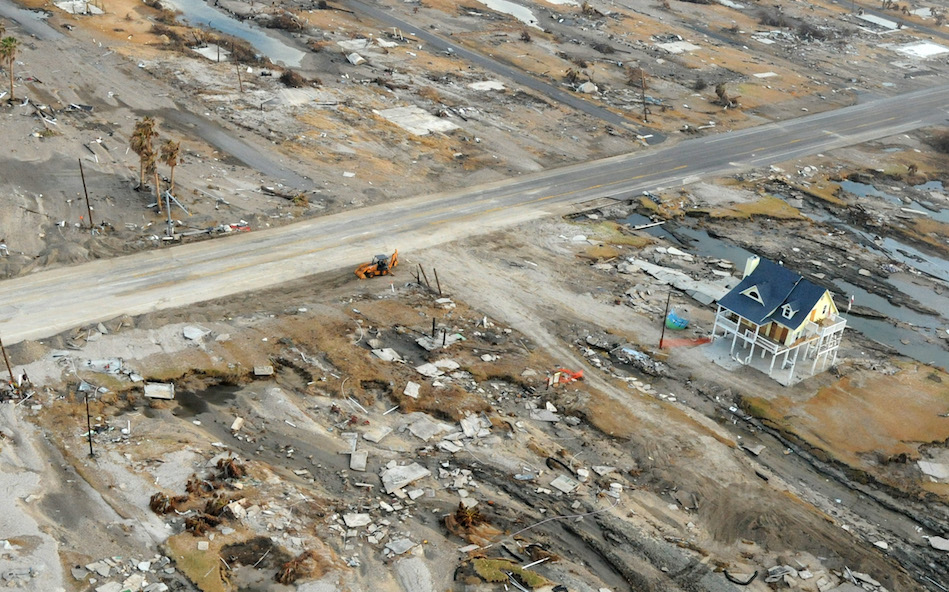By Tim Radford
Climate News Network
Once again, scientists have confirmed the link between climate change and destructive hurricanes. The link is a simple one: a warmer world could mean fewer tropical storms, but those that arrive are likely to be more violent.
The conclusion is not new: other teams have already proposed that global warming linked to increases of carbon dioxide in the atmosphere as a consequence of fossil fuel combustion could drive tropical cyclones to higher latitudes and that the most destructive hurricanes could happen increasingly often. A British team has even linked better air quality – fewer sulphate aerosols and dust – to a greater probability of more violent winds.
But Nam-Young Kang, who now directs South Korea’s National Typhoon Center, and James Eisner, a geographer at Florida State University, set about a study of weather data and hurricane, cyclone and typhoon records between 1984 and 2012 to see if they could identify a pattern of change.
In the last 60 years or so, global average temperatures have risen, but are still less than 1 degree C [1.8 degrees F] above the average for the centuries before the Industrial Revolution. Hurricanes are linked to sea surface temperatures and the hurricane “season” does not start until ocean surface levels go beyond 26 degrees C [46.8 degrees F].
The two scientists reckoned that even slightly higher average temperatures would mean more energy and therefore higher wind speeds at sea as well. They report in Nature Climate Change that they found what they were looking for: a pattern. On average, storm wind speeds had increased by 1.3 meters a second and there were 6.1 fewer tropical storms a year worldwide than there would have been if land and water temperatures had remained constant.
The research paper describes tropical cyclones – a term that for geographers also embraces Pacific typhoons and Atlantic hurricanes – as “perhaps the least welcomed natural phenomena on our planet” and points out that even well-developed, highly complex societies are exposed to them, and vulnerable. Superstorm Sandy, which began as an Atlantic hurricane, hit New York in 2012 with devastating consequences and even set the nation’s earthquake alarms ringing.
Professor Eisner has already established a link between temperatures and tornado hazard. The new study delivers a statistical warning of a trade-off between frequency and strength offshore as well. “We’re seeing fewer hurricanes, but the ones we do see are more intense. When one comes, all hell breaks loose,” he said.
+++++
The U.K.-based Climate News Network is run by four volunteers, all veteran journalists who have covered climate change for many years for leading British newspapers and broadcasters and are now freelancing.

